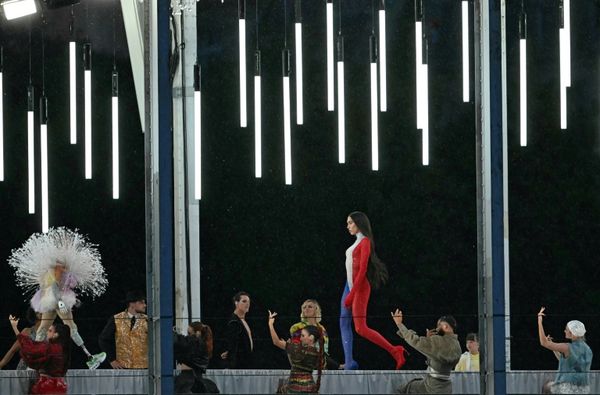
Around the world, there’s more than a touch of journalistic head-scratching going on over the news that media giant Gannett’s flagship USA Today is on the hunt for a Taylor Swift reporter. Oh, and one for Beyoncé, too.
It promises to be journalistically explosive, that moment when the heat of the fanzine meets the objective cool of the most mainstream of mastheads. On the traditional side of the craft, the big question is: WTF!? But on the future-leaning side, the questions are more sceptical: why has it taken so long?
As an attention-getter, it’s already been a success; the company reported that it picked up more than 1000 applications for the jobs, most from the strong fan communities, trademarked by the artists as Swifties and the BeyHive.
Gannett says the new reporters are about saving local journalism by identifying “why the pop star’s influence only expands, what her fan base stands for in pop culture”.
Sounds like a big culture shift for traditional media too — maybe a step just too big for old-style journalism to absorb. The journalistic mainstream has long sneered at fan culture — particularly youth fan culture — for the half-century or so it’s been around. It has been framed as too sensational, too uncritical and too out-of-step with its audience ageing out of youth-driven trends.
Of course, traditional media has long sneered at USA Today, too, since it modernised journalism when it was launched as the country’s first national newspaper in 1982, pitched deliberately between the traditional upmarket broadsheet and downmarket tabloid with a clean, easy-to-read, graphics-heavy design, satirised at the time by Doonesbury cartoonist Garry Trudeau as “We’re eating more beets!”
For traditional media, reporting popular culture and entertainment has long been all sex and drugs and none of the rock-and-roll. Journalism has opted to stay on the outside, happy to report on the gossipy puffery around the edges but ignore the evolving cultural core.
Old journalism’s failure has been young journalism’s opportunity. Emerging cultures have instead been reflected and shaped by the fanzine sensibility — much of it now online. It’s where the most interesting journalism, criticism and analysis is taking place.
It’s not a new trend; the fanzine (now usually truncated to “zine”) was made possible at a practical scale when post-’60s fan culture brought a large enough audience to emerging cheap ’70s production technology — the now humble photocopier.
It was a trend made possible, too, by the deliberate decision of the opinion makers of the craft — editors, senior reporters and cautious marketers — to position journalism behind the wave of culture change. They ignored the swell and then reported from behind the break, relying on catch-up as change washed later rather than sooner through their more settled demographic. Murdoch tabloid media exploited the practice, turning to the ignorance of the new among its increasingly ageing audience as a means to stoke fear of change.
Demographic positioning turned into journalistic heuristic. To the mainstream mindset, the fan approach makes no sense: how could a fan bring the necessary objective scepticism to their reporting?
To the fan mindset, this turns it precisely the wrong way around: how could a sceptic bring the necessary passion to writing about big cultural moments? How can you possibly apply your journalistic creativity to something you know — or care — so little about? More, why would people attracted to — or even just interested in — an artist, a sport, or a cultural event care about the view from the outside?
Now, as big cultural moments are crashing into politics — with big debates over racism and misogyny — the journalistic debate that positions outsider scepticism against insider passion is becoming more urgent.
At the extreme end, one of old media’s best editors, Marty Baron, recently retired from The Washington Post, has found himself in an ongoing spat about whether a survivor of sexual assault has the necessary distance to report on sexual assault. He’s also been a critic of the concept of moral clarity promoted by his former Pulitzer prize-winning reporter on the racial reckoning, Wesley Lowery.
There’s more than a little hard-headed thinking behind the USA Today attempt to knock on the door of the Swiftie and BeyHive demographics. These are, now, large, active markets for any company.
But does old media bring too much of its own baggage for the communities to be willing to open the door when they hear the knocking from outside?





